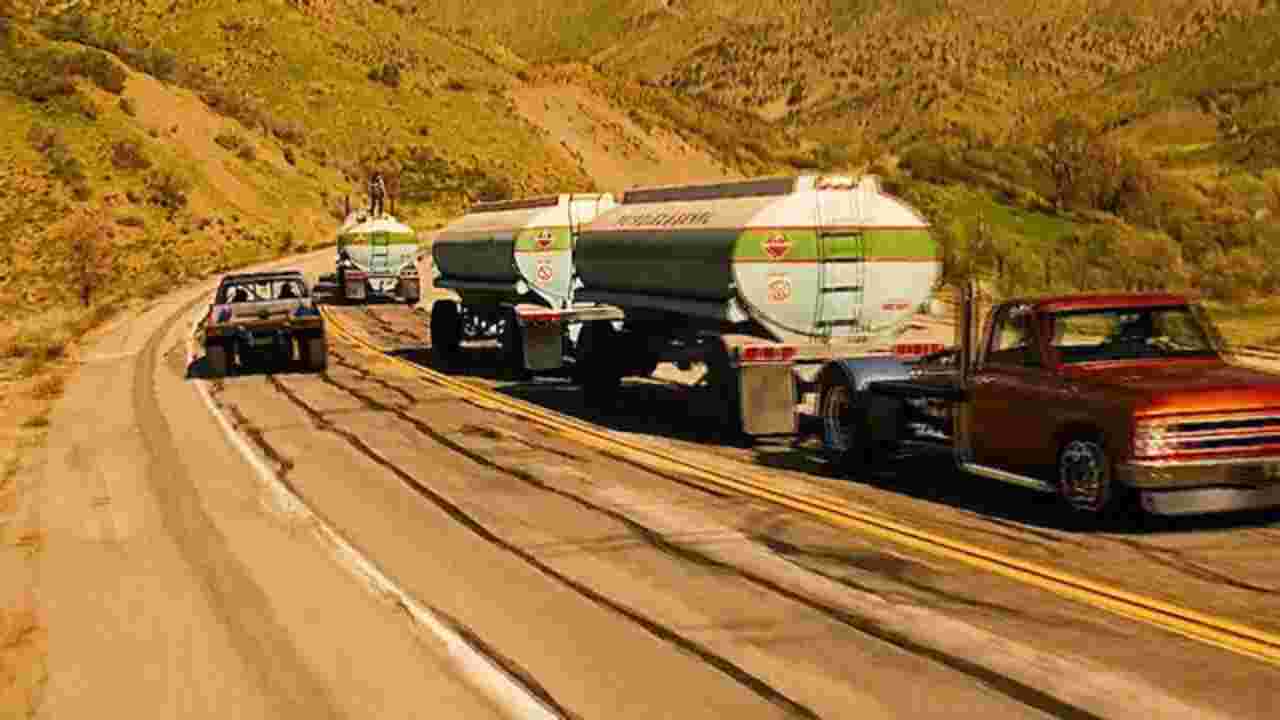
How to Distribute Vehicle Cameras in an Oil Tanker Monitoring System
In an oil tanker monitoring system, the distribution of vehicle cameras is paramount to ensure comprehensive coverage and accurate monitoring. The proper placement of these cameras plays a crucial role in enhancing safety, security, and efficiency within the transportation process. Let's explore the key factors to consider when distributing vehicle cameras in such a system.

1. Front-facing camera:
A front-facing camera is essential to capture the road ahead and monitor traffic conditions. It should be positioned on the dashboard or windshield area, ensuring an unobstructed view of the road. This camera allows for the continuous monitoring of potential hazards or obstacles that may impact the tanker's journey.
2. Rear-facing camera:
A rear-facing camera is vital for monitoring activities occurring behind the oil tanker. It should be placed at the rear end, preferably on top of the tanker or in a position that provides a clear view of the surroundings. This camera aids in detecting any tailgating, attempted theft, or other suspicious behavior that may compromise the security of the vehicle.
3. Side-facing cameras:
To ensure comprehensive surveillance, side-facing cameras should be positioned strategically on both sides of the oil tanker. These cameras help in monitoring blind spots, ensuring driver visibility of adjacent lanes, and detecting any unauthorized access or tampering attempts.
4. Top-view cameras:
Top-view cameras are instrumental in providing a bird's-eye view of the oil tanker. Placed on the roof or upper sections of the vehicle, these cameras offer a complete overhead perspective, allowing for easy identification of potential risks, such as low-hanging obstacles or unauthorized individuals in proximity to the tanker.
5. Interior cameras:
Including interior cameras within the system can provide an added layer of security and monitoring. These cameras can be placed inside the driver's cabin, capturing the driver's behavior, adherence to safety protocols, and potential distractions. Additionally, interior cameras can assist in investigating incidents or accidents that occur during transportation.
6. Hazard-specific cameras:
In certain instances, additional hazard-specific cameras may be necessary. For example, if the oil tanker carries hazardous materials that require specific monitoring, dedicated cameras can be installed to monitor the respective compartments. This ensures compliance with safety regulations and enables prompt identification of any leaks or spills.
It is important to note that while distributing vehicle cameras, the system should prioritize minimizing blind spots and ensuring optimal coverage. Additionally, the positioning of these cameras should not obstruct the driver's visibility or impede any necessary vehicle operations.
In conclusion, the distribution of vehicle cameras in an oil tanker monitoring system is crucial for maintaining safety, security, and efficiency during transportation. By strategically placing front-facing, rear-facing, side-facing, top-view, interior, and hazard-specific cameras, the system can effectively monitor various aspects of the oil tanker's journey. This comprehensive camera setup enhances overall monitoring capabilities and contributes to a safer and more secure transportation process.